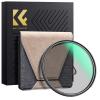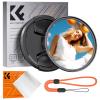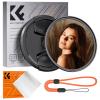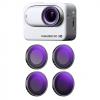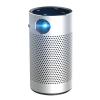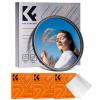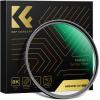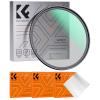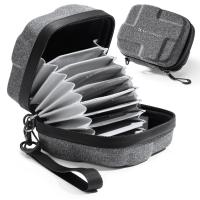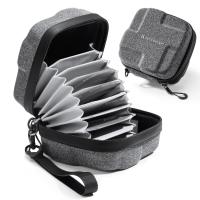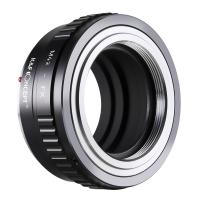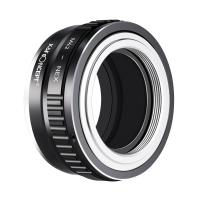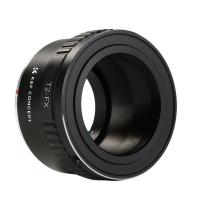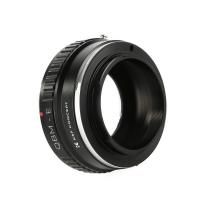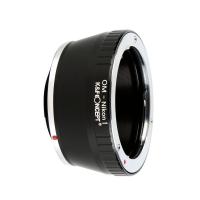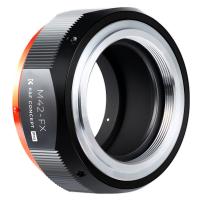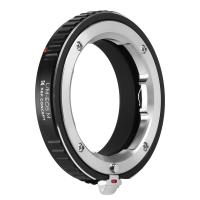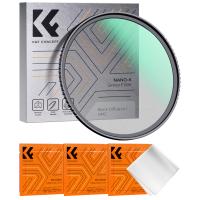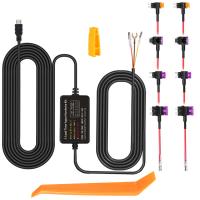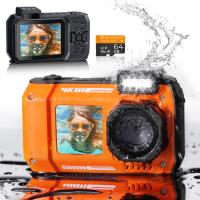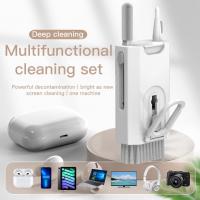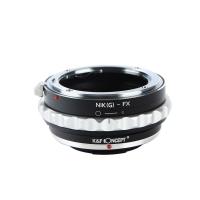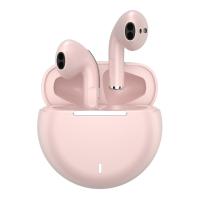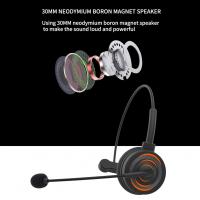How To Waterproof Speakers?
Waterproofing Speakers: A Comprehensive Guide
In today's world, where technology is an integral part of our daily lives, having the ability to enjoy music and audio content in various environments is essential. Whether you're planning a beach party, a poolside gathering, or simply want to enjoy your favorite tunes in the shower, waterproofing your speakers can significantly enhance your experience. This article will provide a detailed guide on how to waterproof speakers, ensuring they remain functional and safe in wet conditions.
Understanding the Need for Waterproofing
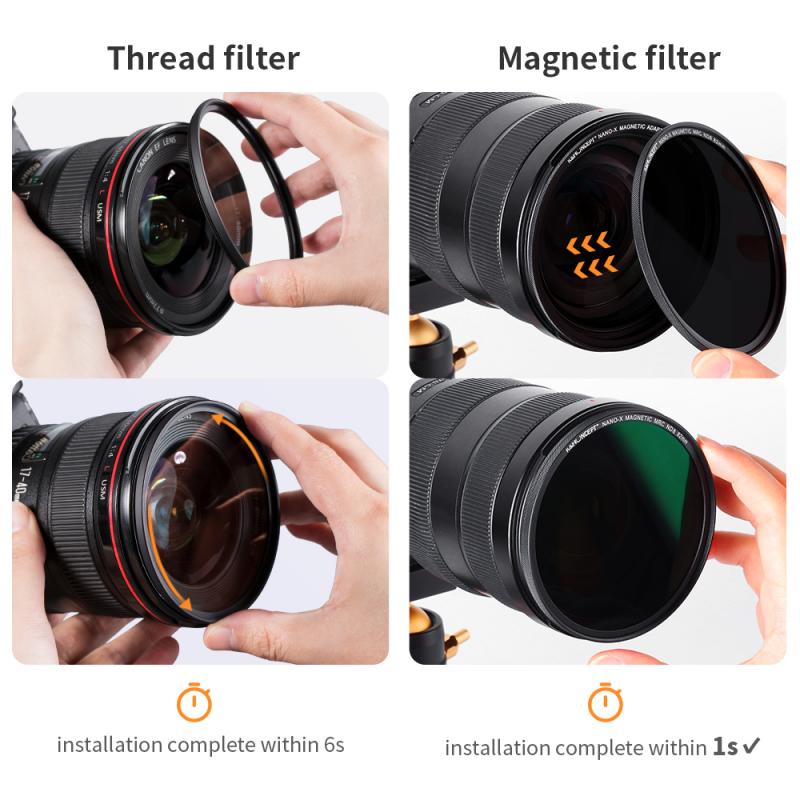
Before diving into the methods of waterproofing, it's crucial to understand why it's necessary. Water and electronics are generally not a good mix. Exposure to water can cause short circuits, corrosion, and permanent damage to the internal components of your speakers. Waterproofing not only protects your investment but also extends the lifespan of your speakers, allowing you to enjoy high-quality sound in various environments.
Types of Waterproofing
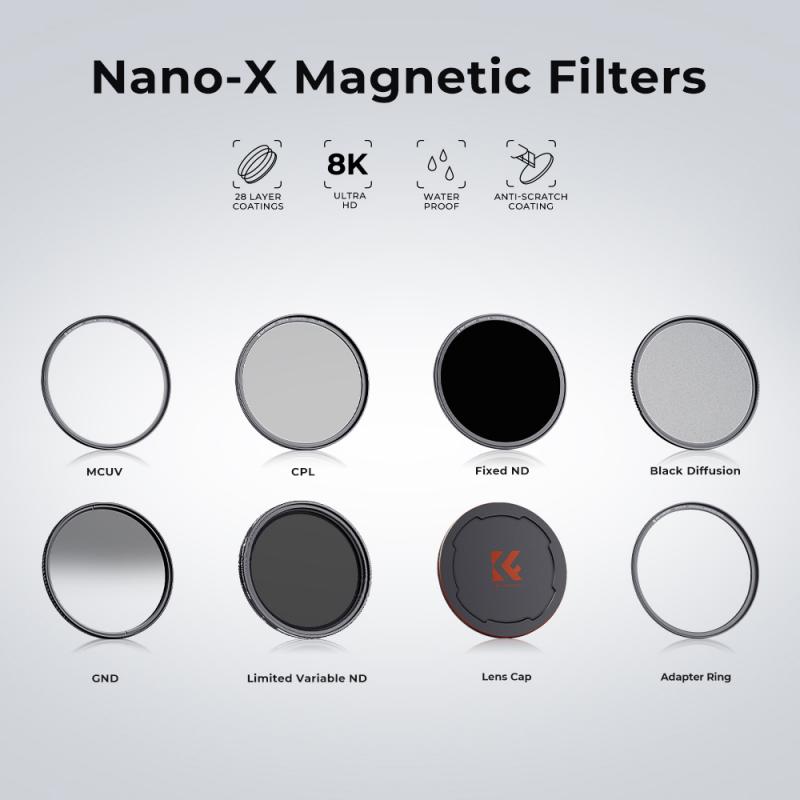
There are several ways to waterproof speakers, ranging from DIY methods to purchasing pre-made waterproof solutions. Here are the most common types:
1. Waterproof Cases and Bags: These are specially designed to encase your speakers, providing a barrier against water. They are ideal for temporary use and can be easily removed when not needed.
2. Waterproof Coatings: These are sprays or liquids that can be applied to the exterior and sometimes the interior components of the speakers. They create a water-resistant layer that prevents water from penetrating the device.
3. Built-in Waterproofing: Some speakers come with built-in waterproofing features. These are designed and manufactured to withstand water exposure without additional protection.
DIY Waterproofing Methods
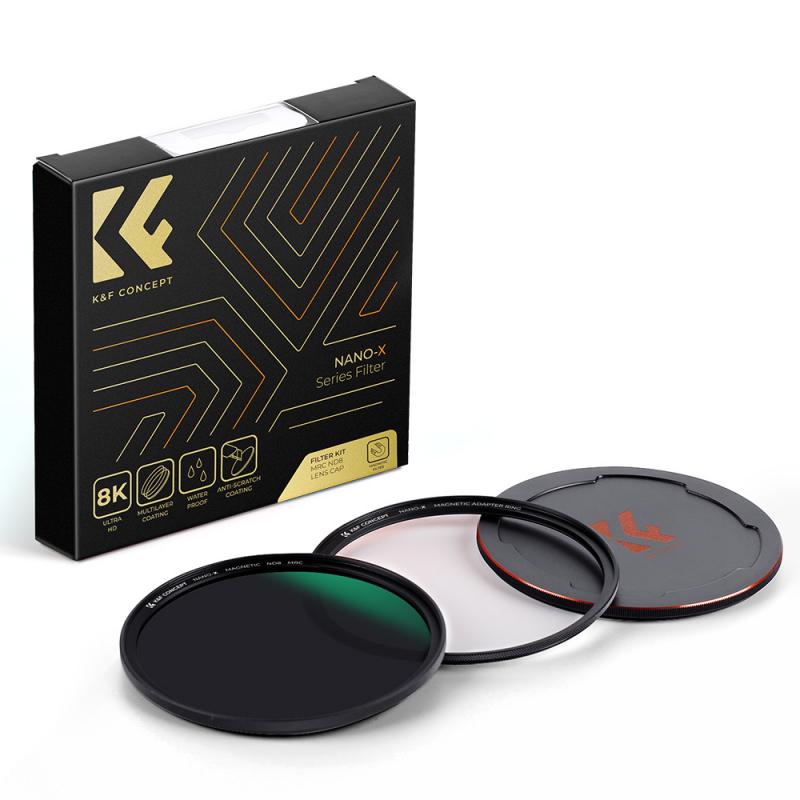
If you prefer a hands-on approach, there are several DIY methods to waterproof your speakers. Here’s a step-by-step guide to some of the most effective techniques:
Method 1: Using a Waterproof Case
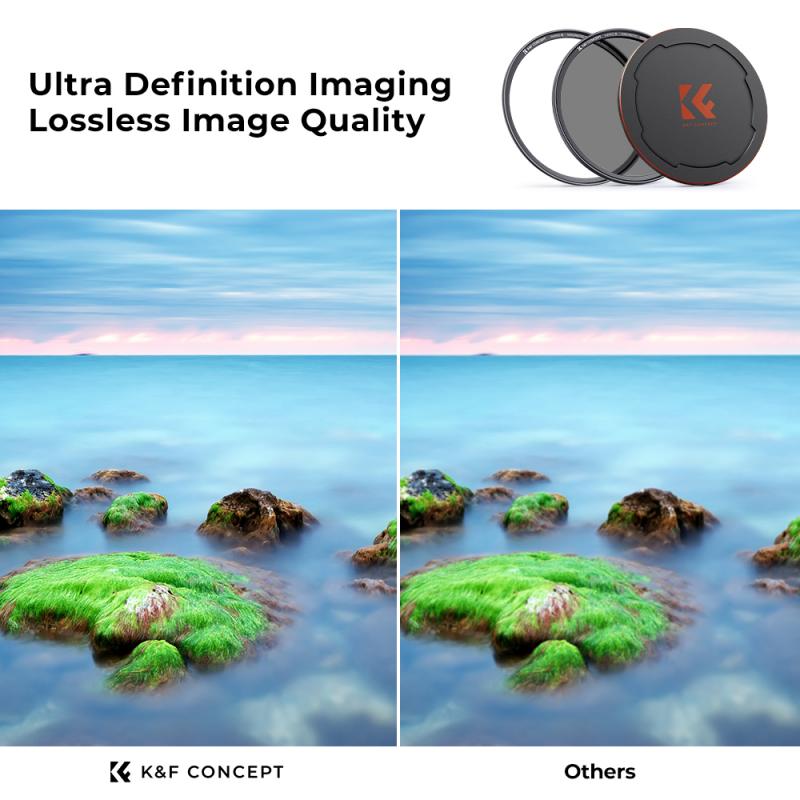
1. Choose the Right Case: Select a waterproof case that fits your speaker model. Ensure it has a secure seal and is made of durable materials.
2. Test the Case: Before placing your speaker inside, test the case by submerging it in water without the speaker. Check for any leaks or weak points.
3. Place the Speaker Inside: Once you’re confident the case is waterproof, place your speaker inside and seal it properly. Make sure all openings are securely closed.
4. Test the Setup: Play some music and submerge the case in water to ensure the sound quality is not significantly affected and the speaker remains dry.
Method 2: Applying Waterproof Coating
1. Disassemble the Speaker: Carefully open the speaker to access the internal components. This step may void the warranty, so proceed with caution.
2. Clean the Components: Use a dry cloth to clean any dust or debris from the internal components.
3. Apply the Coating: Use a waterproof coating spray or liquid to cover the internal components. Follow the manufacturer’s instructions for application and drying times.
4. Reassemble the Speaker: Once the coating is dry, reassemble the speaker and test it to ensure it functions correctly.
Method 3: Using Silicone Sealant
1. Identify Vulnerable Areas: Determine which parts of the speaker are most susceptible to water damage, such as seams, buttons, and ports.
2. Apply Silicone Sealant: Use a waterproof silicone sealant to cover these areas. Be careful not to block any essential functions like buttons or charging ports.
3. Allow to Dry: Let the sealant dry completely before using the speaker. This may take several hours, depending on the product used.
4. Test the Speaker: Once the sealant is dry, test the speaker to ensure it is fully functional and water-resistant.
Tips for Maintaining Waterproof Speakers
Waterproofing your speakers is just the first step. Proper maintenance is essential to ensure they remain in good condition. Here are some tips:
1. Regular Inspections: Periodically check the waterproofing materials for any signs of wear or damage. Replace or reapply as necessary.
2. Avoid Prolonged Exposure: Even waterproof speakers can be damaged by prolonged exposure to water. Use them in wet conditions only when necessary and store them in a dry place.
3. Clean After Use: After using your speakers in wet conditions, wipe them down with a dry cloth to remove any moisture.
4. Store Properly: When not in use, store your speakers in a cool, dry place. Avoid leaving them in humid environments for extended periods.
Choosing the Right Waterproof Speaker
If DIY methods seem too daunting, you can opt for speakers that come with built-in waterproofing. Here are some factors to consider when choosing a waterproof speaker:
1. IP Rating: The Ingress Protection (IP) rating indicates the level of protection against water and dust. Look for speakers with a high IP rating, such as IP67 or IP68, which offer excellent water resistance.
2. Sound Quality: Ensure the speaker provides good sound quality even when waterproofed. Read reviews and test the speaker if possible.
3. Durability: Choose a speaker made of durable materials that can withstand rough handling and outdoor conditions.
4. Battery Life: Waterproof speakers are often used outdoors, so a long battery life is essential. Look for speakers with a battery life of at least 10 hours.
5. Portability: Consider the size and weight of the speaker. Portable speakers are easier to carry and use in various environments.
Waterproofing your speakers can significantly enhance your audio experience, allowing you to enjoy music and other audio content in a variety of environments. Whether you choose a DIY method or opt for a pre-made waterproof solution, the key is to ensure your speakers are adequately protected from water damage. By following the steps and tips outlined in this guide, you can extend the lifespan of your speakers and enjoy high-quality sound wherever you go. Remember, proper maintenance is essential to keep your waterproof speakers in good condition, so make regular inspections and cleanings a part of your routine.

